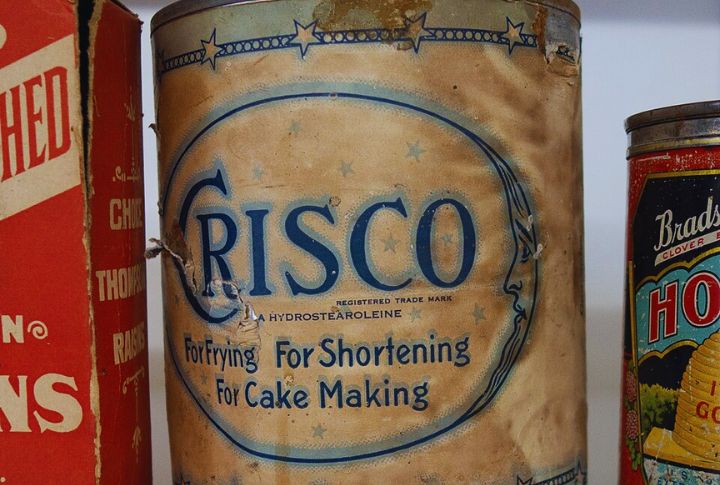
Crisco revolutionized American cooking in the 1900s by offering a plant-based alternative to animal fats. However, evolving health concerns and changing culinary preferences have led to its decline. Explore these ten intriguing facts about Crisco’s fall in American kitchens.
Health Scare Tanked Trust

When studies linked trans fats to heart disease, Crisco’s vegetable shortening came under fire. As a partially hydrogenated fat, the product became a symbol of unhealthy processed foods. This backlash damaged Crisco’s reputation, and trust in the brand never fully returned.
Homemade Cooking Left It Behind

The resurgence of from-scratch cooking, inspired by chefs and food influencers, made Crisco feel unreliable. So, when recipes started focusing on freshness and whole ingredients, a shelf-stable shortening felt like a relic from an outdated pantry.
Reformulation Changed The Product
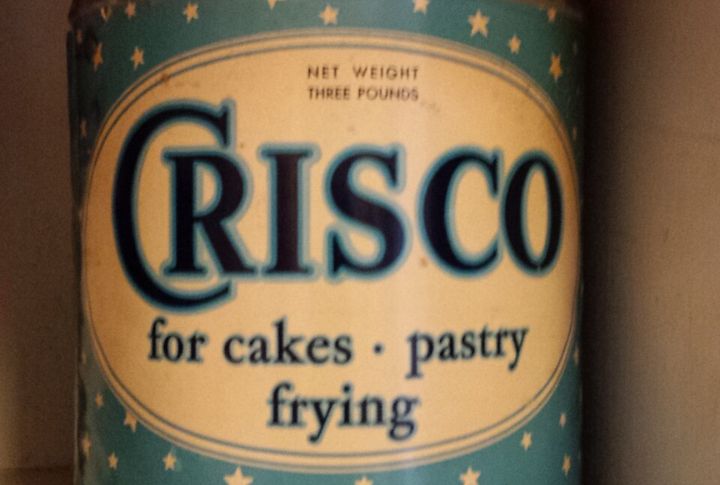
In 2007, Crisco removed trans fats from its recipe to align with FDA regulations. But the new formulation never truly matched the original’s texture or performance in baking. Loyal users noticed the difference and began exploring alternatives that delivered better results.
Olive Oil And Butter Took The Spotlight
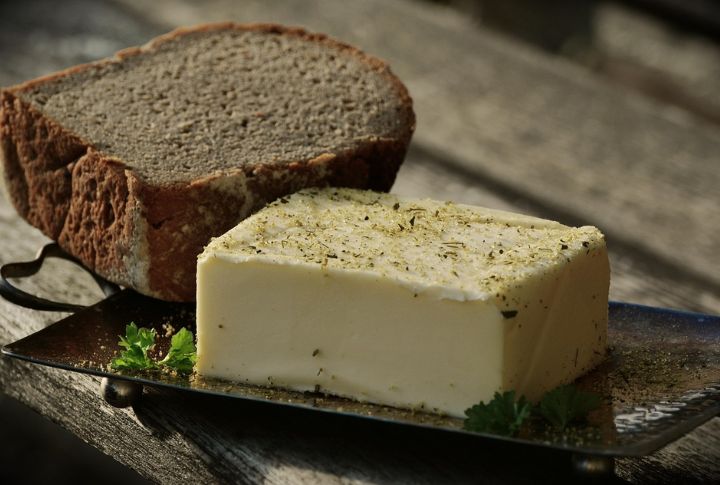
Culinary culture moved toward Mediterranean and artisanal cooking, elevating ingredients like butter, olive oil, and avocado oil. These “premium” fats made Crisco unnecessary, especially when consumers prioritized heritage and their health.
Ingredient Lists Became A Red Flag

Buyers also began checking nutrition labels, and Crisco’s long list of engineered ingredients, including hydrogenated oils, additives, and stabilizers, stood out. In contrast, butter has two ingredients: cream and salt. Crisco’s chemistry-lab vibe clashed with the cleaner-eating movement.
Crisco’s Industrial Roots Haunted It
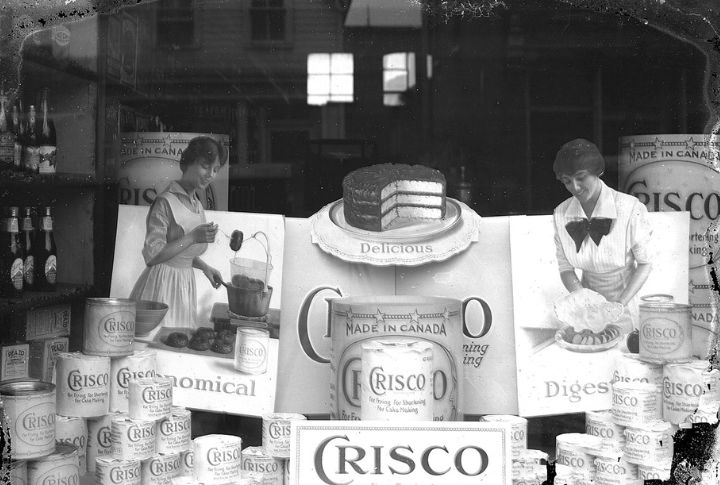
Originally marketed using soap-making technology, Crisco never shook off its industrial past. As consumers grew wary, that backstory resurfaced as a liability. A product born in factories didn’t inspire confidence in an era increasingly defined by farm-to-table values.
Supermarkets Changed The Game
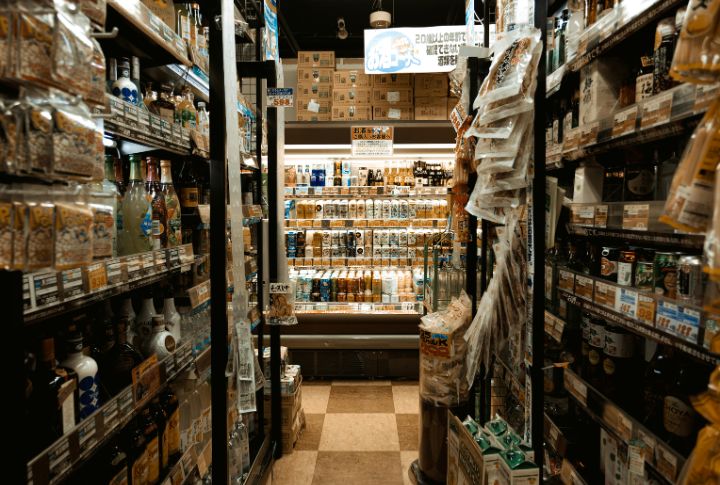
As grocery stores expanded their fresh and refrigerated sections, shelf-stable products like Crisco lost visibility. Shoppers gravitated toward perishable items. With less prominent placement and shifting store layouts, Crisco gradually slipped out of the spotlight.
Loss Of Generational Loyalty

Earlier generations relied on Crisco for everything from frying to baking. But as home cooking evolved and younger cooks turned to fresher, trendier fats, Crisco didn’t make the cut. Without a strong new audience, its kitchen presence gradually disappeared.
Rival Brands Won The Marketing War

Newer plant-based oils weren’t just healthier; they were better branded. Coconut and avocado oils were sold as premium cleaner options. Their marketing tapped into wellness culture, while Crisco clung to legacy messaging that no longer resonated with its evolving audience.
Decline Of Traditional Baking Habits
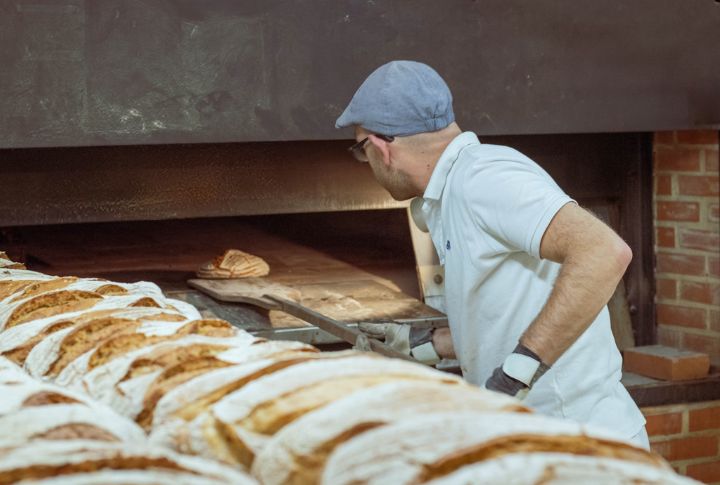
Home baking habits changed drastically in the 21st century. Fewer people made pies and biscuits from scratch—two key Crisco use cases. As scratch baking became a niche, so did the need for specialty shortening in everyday American kitchens.
Leave a comment